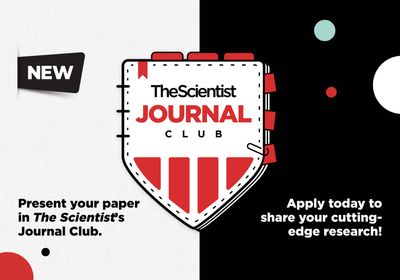Scientists have long depended on pen and paper to record their observations, filling volumes of lab notebooks with their work. While Charles Darwin’s drawings and diagrams or Albert Einstein’s equations may be inspirational, the reality of handwritten notebooks is that they can stifle, rather than encourage, scientific progress.
Keeping a lab notebook up to date is a tedious and time-consuming task, which tempts some scientists into taking shortcuts. For example, when researchers repeat an assay, they may rewrite their protocols in a way that is messy and unclear, or they may skip this step completely and not record the small modifications that made their experiments a success.
New technologies and high-throughput analyses make experiments more complex and increase data output. Scientists add data to their lab notebooks in the form of handwritten values, printed and pasted graphs and images, or references to large data files stored on a hard drive. With this strategy, finding the right piece of data turns into searching for a needle in a disorganized haystack, and hastily written notes can be unreliable and misinterpreted months or years after an experiment was conducted.
Storing protocols and data in lab notebooks also complicates sharing that information with others. If a researcher needs to repeat a former team member’s experiment, they often waste time interpreting unclear handwriting and incomplete instructions. Additionally, research collaborations are more difficult when using handwritten lab notebooks. To share protocols and results, researchers must spend precious time organizing their data and building reports to communicate with those outside of the primary lab.
Flipping through messy, handwritten lab notebook pages and losing precious data by misplacing physical books is becoming a thing of the past as researchers move to electronic lab notebooks (ELNs). SciNote is an efficient ELN that boosts laboratory productivity by joining data organization and project management. SciNote simplifies data and protocol storage, which makes experiments more reliable and reproducible. Users upload and store notes, spreadsheets, checklists, data images, videos, external links, and other supplementary files. Additionally, researchers can copy and paste often-used protocols to avoid sloppy and imprecise rewriting. SciNote offers flexible data organization that fits individual researchers’ preferences. For example, the ELN organizes protocols and data by project, and researchers can quickly find what they are looking for with the robust search function.
SciNote goes beyond the standard lab notebook with its project management and communication features. Users can track inventory, post comments, and tag team members. A team dashboard allows project managers to delegate tasks and control user access to specific portions of the ELN. SciNote also fosters collaboration as researchers from across the globe can immediately access the stored information from their computers or mobile apps. With these features, scientists may analyze data from anywhere, including the comfort of their own homes. Finally, SciNote meets 21 CFR part 11 requirements to ensure that electronic documents are secure with password protection, authentication steps, and determined permissions for each user.
SciNote gives researchers the ability to securely organize and trace their data, while efficiently managing team projects within the lab and across the world. With this ELN, messy handwriting, unclear protocols, and missing results are a thing of the past.





